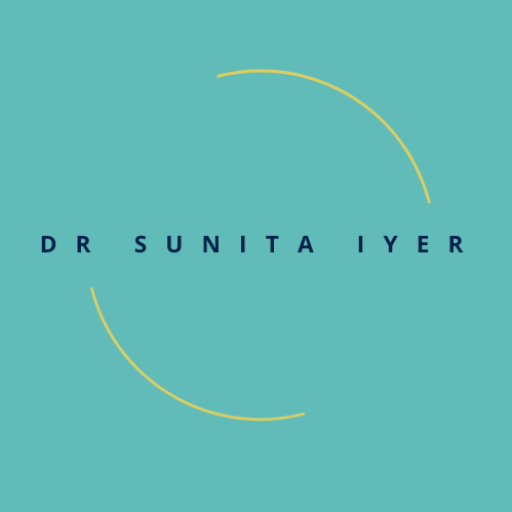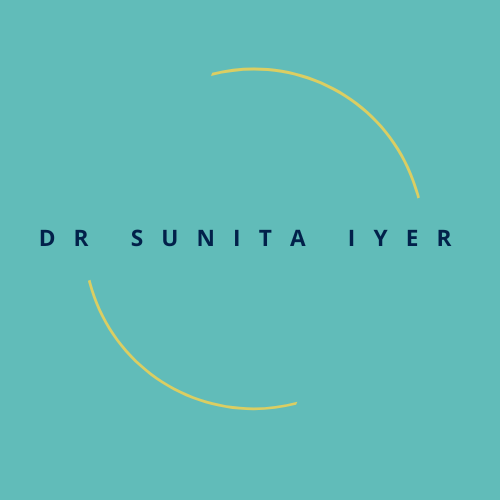In this time of the COVID-19 pandemic, there is so much that feels uncertain for families, especially families that are expecting a child in the coming weeks and month(s) and planning to birth in hospitals.
Some of the questions that families are coming to me and my colleagues with are:
- Is it safe for me to birth in the hospital if there are potentially infected or exposed people in the same environment? Does this put me and my baby at risk?
- Will there be enough beds, space, and medical personnel to attend my birth? What if my OB, CNM, or RN is exposed?
- Will I be able to have my support team with me in the hospital, or will they restrict the number of people who can tend to me to limit potential exposures?
- What happens if the current hospital resources prioritize people who are exposed to or infected with COVID-19?
- What are my options as a low-risk pregnant or birthing person in terms of alternate birth providers and places?

Jen Segadelli JD, MSM and I are Co-Presidents of the Midwives’ Association of WA State and are joined by an incredible Coalition of midwives, educators, and activists who are working quickly and intensively in collaboration with hospital-based providers, the WA State Department of Health, the WA State Hospital Association, and the Health Care Authority to answer some of these questions for you.
Most importantly, this work is inspired by and springboards from the incredible Rainier Valley Community Clinic who has developed and piloted many of the models being proposed, and also Master’s Candidate Emily Jones, who is nearing completion of her thesis specifically investigating the role of Community Midwives in disaster management.
As a team, we are engaged in a multi-tiered plan to determine the various roles that Community Midwives can play in providing adjunctive and/or prenatal, postpartum, and lactation care with hospital-based providers, to assume care for low-risk families in the event of strained hospital resources, and the development of a network of alternate care settings (including accredited birth centers) to absorb low-risk families as the need arises in the healthcare community.
In addition to developing this collaborative plan with our hospital-based colleagues, we are also developing educational resources for families to learn more about Community Midwives and the role they can play in their care and well-being.
And, as always, we are tending to the professional needs of Community Midwives including securing PPE (personal protective equipment), developing COVID-19-specific Clinical Practice Guidlines to protect families and midwives alike, addressing financial and liability concerns, and attempting to support and protect Community Midwives’ well-being, who are often vulnerable solo or small practice operations.
Needless to say it has been a busy month this week! And, more importantly, I am very proud of the work of the Midwives’ Association of WA State.
Our COVID19 Response Materials: https://www.washingtonmidwives.org/covid-19-response.html
If you want to learn more, you can also take a look at our relatively on-the-fly webinar for member midwives: https://youtu.be/pF2HYu4kUgU. And try not to be too distracted by the fact that we are in lockdown attire 🙂
And I also had the opportunity to participate in a nation-wide conversation with over 500 midwives on a panel for the ACNM and their reponse to COVID-19. (I join the conversation aroundn 56 minutes in).
Here is the recording to that webinar: https://acnm.zoom.us/rec/play/7JArI-_-rDM3G4DD5QSDAvVxW9Tsf6mshCMX-PsNzEvhBiFSNgX3ZLVGMODOOJRxydyTFeK3kN8qfuUO



